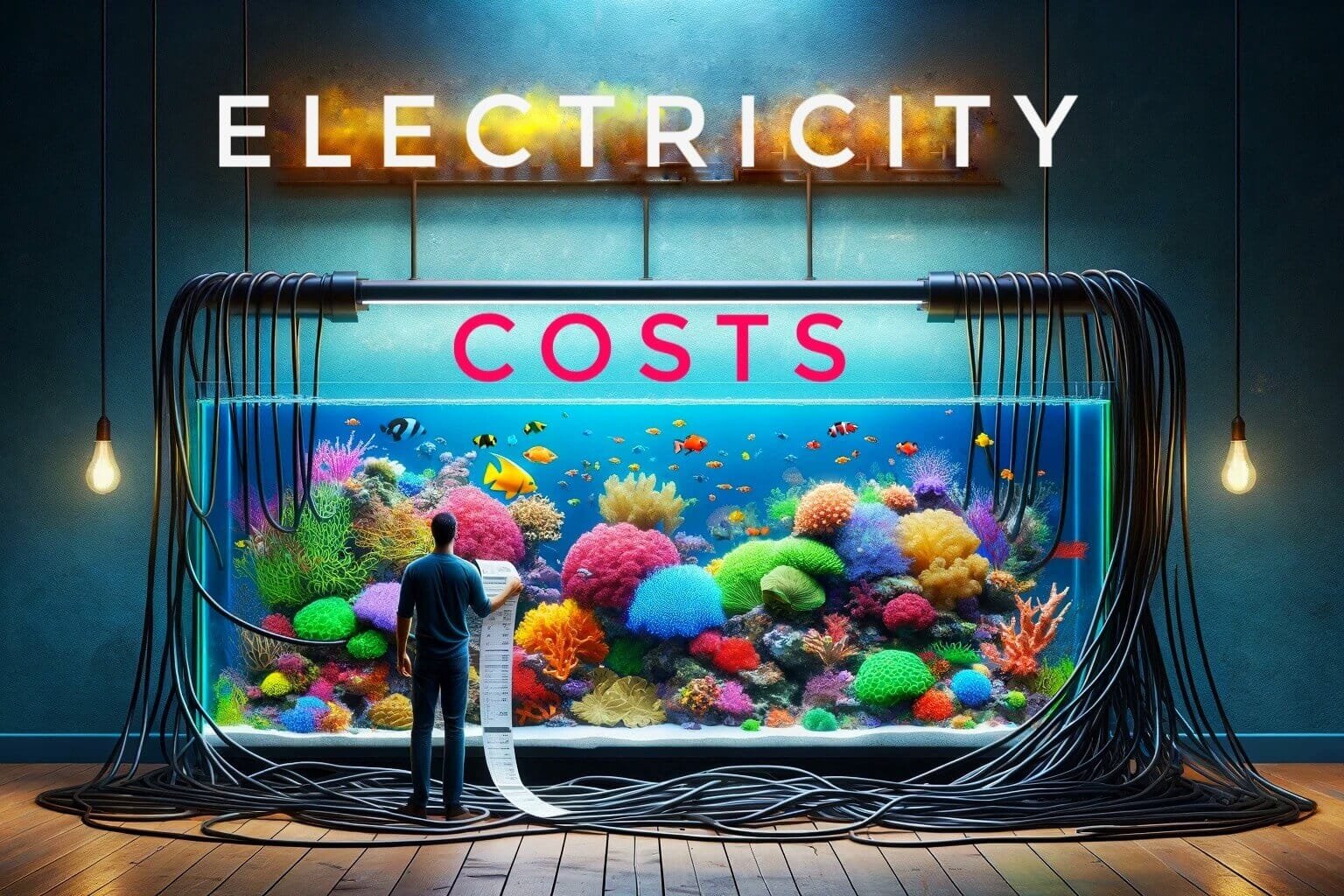Navigating the Depths: Does a Reef Aquarium Rack Up High Electricity Costs?
Exploring the Intricacies of Electricity Consumption in Reef Aquariums
Reef aquariums, with their mesmerising display of marine life, captivate hobbyists and enthusiasts alike. However, amid the allure of creating an aquatic oasis at home, one question often looms large: Does maintaining a reef aquarium translate to significant electricity costs? Let’s dive into this inquiry, illuminating the factors at play and shedding light on the true costs.
Understanding the Complex Ecosystem
Before delving into the depths of electricity expenses, it’s essential to grasp the intricate setup of a reef aquarium. These miniature marine worlds demand meticulous attention, comprising a delicate balance of living organisms and specialised equipment. From the tank itself to the filtration system, lighting, heaters, and pumps, each component plays a vital role in sustaining this vibrant ecosystem.
In a typical reef aquarium, lighting is crucial not just for aesthetics but also for the health of photosynthetic organisms like corals and macroalgae. For example, a standard LED lighting fixture for a medium-sized reef tank can consume around 150 watts per hour. Running for 10 hours daily, this would amount to approximately 1.5 kWh. In the UK, this translates to around £0.20 per day.
Illuminating the Factors at Play
Several factors contribute to the electricity consumption of a reef aquarium:
1. Lighting:
Reef aquariums often rely on high-intensity lighting systems to nurture photosynthetic organisms like corals and macroalgae. For example, a typical LED lighting fixture for a medium-sized reef tank can consume around 150 watts per hour. Running for 10 hours daily, this would amount to approximately 1.5 kWh. In the UK, this translates to around £0.20 per day.
2. Filtration and Circulation:
Effective filtration and circulation are essential for maintaining water quality and oxygen levels. Filters, pumps, and powerheads work tirelessly to ensure proper water movement and filtration. A medium-sized filter and circulation system might consume an additional 100 watts per hour, totalling around 1 kWh daily. This adds another £0.13 per day in the UK.
3. Heating and Cooling:
Consistent water temperature is paramount for the health of reef inhabitants. Heaters regulate temperatures when necessary, while chillers may be employed to prevent overheating. A heater and chiller combined can consume approximately 200 watts per hour, amounting to 2 kWh per day. This could add an extra £0.26 per day in the UK.
Calculating the Costs: How Much Electricity Does a Reef Aquarium Consume?
Considering the examples above, the total daily electricity consumption for a medium-sized reef aquarium could be approximately 4.5 kWh, costing around £0.59 per day in the UK. Over a month, this could amount to around £17.70.
Importance of Shopping Around for Efficient Equipment
It’s essential to note that these figures are examples, and actual electricity expenses may vary depending on factors such as tank size, equipment efficiency, and local electricity rates. As enthusiasts embark on their reef-keeping journey, it’s crucial to shop around for energy-efficient equipment that meets both their budget and their needs. By investing in efficient devices and adopting energy-saving practices, aquarists can enjoy their underwater paradise while keeping electricity costs in check.
Additional Equipment to Consider
In addition to the essential components mentioned above, reef aquarium enthusiasts may also opt to incorporate the following equipment into their setups:
Powerheads: These devices help create water flow and simulate natural ocean currents within the aquarium, promoting oxygenation and preventing dead spots where detritus can accumulate.
UV Sterilisers: UV sterilisers use ultraviolet light to eliminate harmful bacteria, viruses, and algae in the water, contributing to improved water quality and reducing the risk of disease outbreaks among aquarium inhabitants.
Reactors: Reactors are used to house various filter media, such as activated carbon, phosphate remover, and calcium reactor media, to target specific water parameters and maintain optimal conditions for coral growth and overall reef health.
Dosers: Automatic dosing systems allow for precise and consistent dosing of supplements, trace elements, and water chemistry adjustments, ensuring stability and preventing nutrient imbalances in the aquarium.
Ozone Generators: Ozone generators produce ozone gas, which can be dissolved into the aquarium water to oxidise organic waste and impurities, resulting in clearer and cleaner water with reduced odours.
Auto Top-Off Units: These devices automatically replenish evaporated water in the aquarium, maintaining stable water levels and salinity concentrations without the need for manual intervention.
Conclusion
With this comprehensive guide, hobbyists can navigate the depths of reef aquarium ownership with confidence, knowing they have the knowledge to manage their electricity costs effectively. Whether you’re a seasoned aquarist or embarking on your first reef-keeping adventure, understanding the intricacies of electricity consumption is key to maintaining a thriving and sustainable marine ecosystem in your own home.








